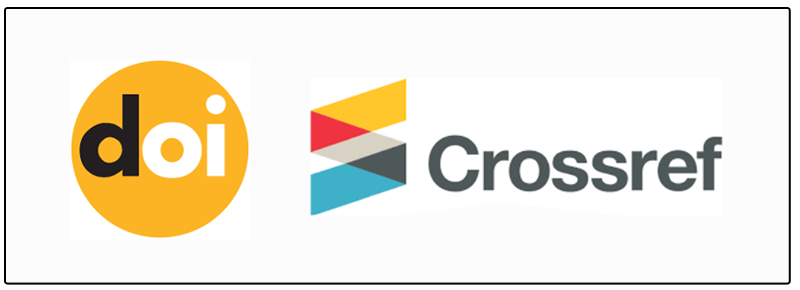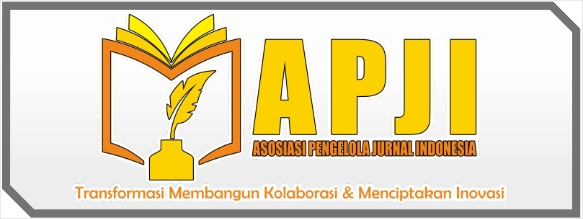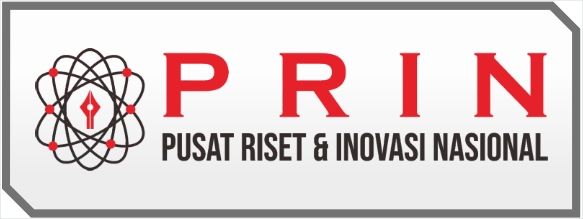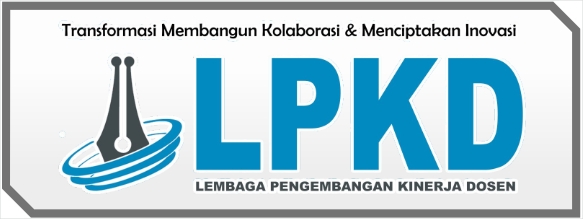Student Perceptions On The Use Of Youtube In Increasing Vocabulary
DOI:
https://doi.org/10.55606/jurripen.v1i2.1219Keywords:
Student’s Perception, Youtube, Social MediaAbstract
This research is entitled “Students' Perception On the Use of YouTube to Develop Their Vocabulary”. The objective of the research is to identify, classify and describe the ways English Students use YouTube to develop their Vocabulary. It is also to analyze and describe students' perception on using YouTube to develop their vocabulary. This research used descriptive quantitative method. The research collected the data using questionnaires and interviews. The sample was 30 students' from the 2022 batch of English Department Faculty of Humanities. Thirty students' responses were collected by online questionnaire with google-form and answers collected by online interview with Whatsapp. The collected data were quantitatively analyzed by percentage formula. Using theory Freeman and Anderson (2011: 250) and to analyze the university students' perception about the use of YouTube to develop their vocabulary base on the theory of Nelson-Smith (2008:32). The results showed that most of the respondents had positive responses about the use of YouTube to develop their vocabulary. Since YouTube can be used both as providing teaching resources and enhancing learning experience. Based on the findings, it can be concluded that University students have positive perceptions on the use of YouTube in the use of media YouTube is considered useful to students, English Department, Sam Ratulangi University Since YouTube can be used both as providing teaching resources and enhancing learning experience. Based on the findings, it can be concluded that University students have positive perceptions on the use of YouTube in the use of media YouTube is considered useful to students at Sekolah Tinggi Agama Islam Negeri Mandailing Natal .
Downloads
References
Abidin, MJ, Mohammadi, M., Singh, KK, Azman, R., & Souriyavongsa, T. 2011. The effectiveness of using songs on YouTube to improve vocabulary competence among upper secondary school studies. Theory and Practice in Language Studies, Vol. 1.No. 11.
Bonk, C. 2008. YouTube anchors and enders; The Use of shared online video content asamacrocontextforlearning. Retrievedfrom http://www.publicationshare.com/SFX7EED.pdf
Coady, J., & Huckin, T. (1997). Second Language Vocabulary Acquisition : A Rationale for pedagogy. Cambridge UniversityPress.
Creswell, JW 2016. Research Design: Planning, Conducting and Evaluating Quantitative and Qualitative Research. Boston: Pearson Education.
Fraenkel, JP and Wallen, NE 1993. How to Design and Evaluate Research in Education. New York: McGraw Hill Companies, Inc.
Fraenkel, JP and Wallen, NE 2008. How to Design and Evaluate Research in Education. New York: McGraw Hill Companies, Inc.
Freeman, DL and Anderson, M. 2011. "Emerging Uses of Technology in Language Teaching and Learning". Techniques & Principles in Language Teaching. Third Edition. UK: Oxford University Press.
Gay, LR, Geoffrey E. Mills and Peter Airasian. 2009. Educational Research, Competencies for Analysis and Application. New Jersey: Pearson Education. Inc.
Hakim, Lystiana N. 2019. The Implementation of YouTube in Teaching Vocabulary for Young Learners. Journal of Advanced English Studies. Vol. 2, No. 1, February 2019, pages 13-18.
Harlinda, N. 2019. Students' Perception in Using YouTube as Media For Learning English as a Foreign Language. thesis. Faculty of Teacher Training and Education. State Islamic Institute of Palangka Raya.
Haslida, Siti N. 2018. The Use of Short English Videos to Improve Students' Vocabulary. thesis. Faculty of Education and Teacher Training AR-Raniry State Islamic University. Darussalam-Banda Aceh.
Heriyanto, D. 2015. The Effectiveness of UsingYouTube for Vocabulary Mastery. Vol 6, No 1, February 2015.
Kabooha, R. & Elyas, T. 2015. The Impact of Using YouTube Videos on Learning Vocabulary in Saudi EFL Classrooms. Faculty of Arts & Humanities, European Languages Department. King Abdul Aziz University. Seville. spain.https://www.researchgate.net/publication/283153582
Maness, K. 2004. Teaching Media-Savvy Students about the Popular Media. 93(3). pp. 46-51.
Morgan, Clifford T, Richard A. King, & Nancy M. Robinson. 1979. Introduction to Psychology. New York: McGraw-Hill.
Nelson-Smith, Kenyetta Q. 2008. Learning Styles and Students' Perception of Teachers' Attitudes and Its Relation to Truancy among African American Students in Secondary Education. Unpublished Dissertation. Louisiana State University.
Nunan, D. 1991. Language Teaching Methodology, United Kingdom: Prentice Hall International Group.
Nunan, D. 2005. Practical English Language Teaching: Young Learners.
Rashid S, Cunningham U, Watson K, and Howard J. 2018. "Revisiting the Digital Divide(s): Technology-Enhanced English Language Practices at a University in Pakistan". Australian Journal of Applied Linguistics, 1(2), 64-87.
Slavin, RE 1995. Cooperative learning: Theory, research, and practice (2nd ed.). Boston. MA: Allyn & Bacon.
Tulung, GJ 2011. There is a Word. In Hoetagaol and Ulaen (2011). Manado: Center for the Study of Indigenous Communities and Maritime Culture, Marin-CRC Foundation.
Warouw, M. 2014. Multi-Ethnic Diversity and ELT Materials Adaptation: Challenges for English Language Teachers in Manado. In R. Chowdhury & R. Marlina (Eds), Encating English across borders: Critical studies in the Asia Pacific. Newcastle upon Tyne, UK: Cambridge Scholars Publishing. pp. 168-183.
Downloads
Published
How to Cite
Issue
Section
License
Copyright (c) 2022 Muhammad Ari Saputra

This work is licensed under a Creative Commons Attribution-ShareAlike 4.0 International License.


















